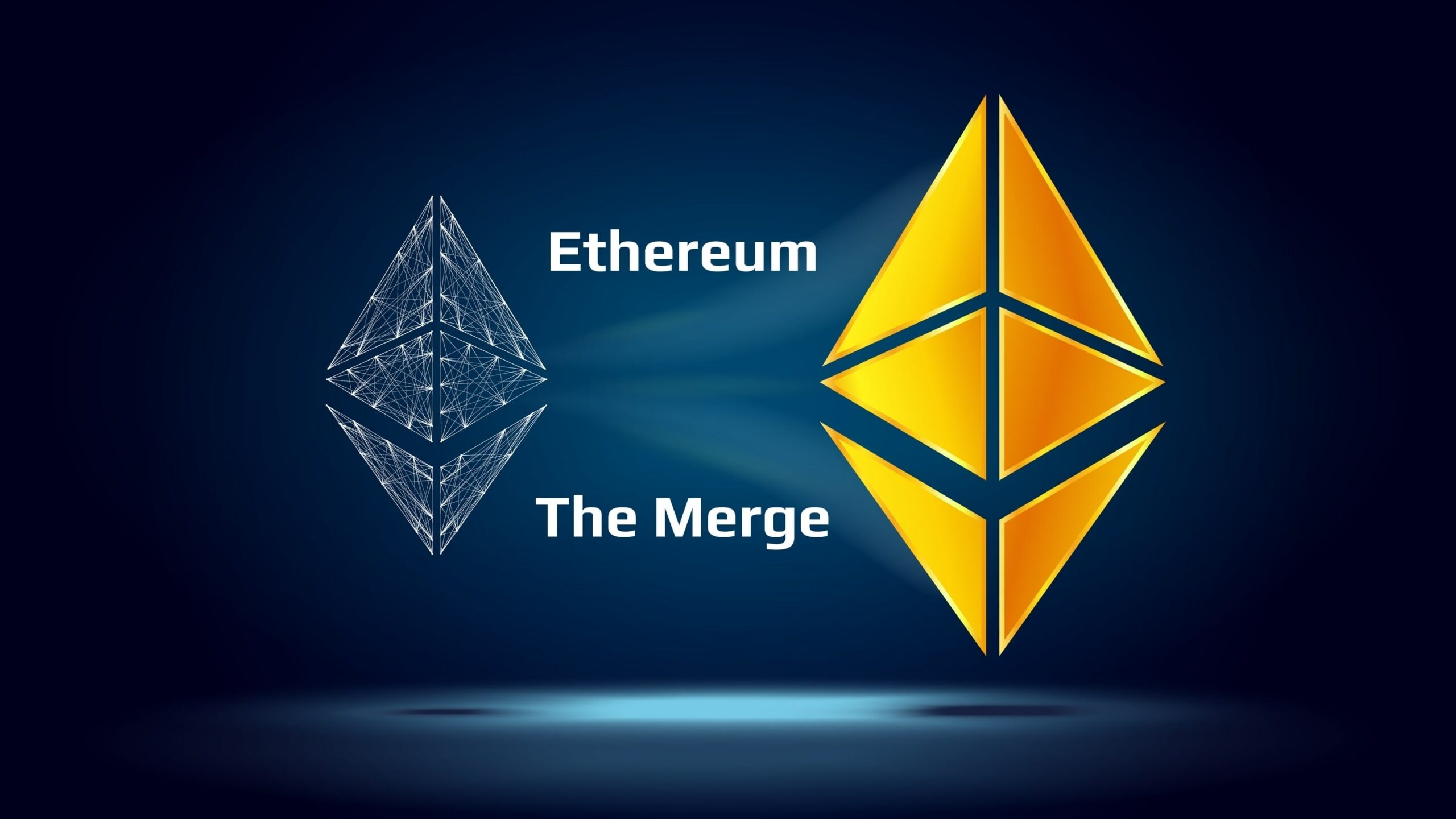

The merge is finally done. Completed at 6:43 UTC, ethereum’s transition from the proof-of-work to proof-of-stake consensus protocol has been called one of the most historic moments in crypto since the publishing of the original bitcoin whitepaper.
In a previous note, we highlighted important factors that should be bullish for ethereum post merge in the longer term. But how are markets reacting during the immediate aftermath?
This article is only available to Macro Hive subscribers. Sign-up to receive world-class macro analysis with a daily curated newsletter, podcast, original content from award-winning researchers, cross market strategy, equity insights, trade ideas, crypto flow frameworks, academic paper summaries, explanation and analysis of market-moving events, community investor chat room, and more.
The merge is finally done. Completed at 6:43 UTC, ethereum’s transition from the proof-of-work to proof-of-stake consensus protocol has been called one of the most historic moments in crypto since the publishing of the original bitcoin whitepaper.
In a previous note, we highlighted important factors that should be bullish for ethereum post merge in the longer term. But how are markets reacting during the immediate aftermath?
After hotter-than-expected inflation data for August sent crypto markets off a cliff on Tuesday, ethereum stabilised around $1,600. The merge faced no technical glitches, which is positive. Many exchanges such as FTX and Binance that halted deposits/withdrawals during the merge have now resumed both. Ethereum was up around 2% after the merge, but price action has been relatively muted (Chart 1).
We expect near-term volatility as the market unwinds hedges made against potential technical issues. Indeed, the average funding rate for perpetual futures reached lows of around ‑0.45% in the hours before the merge (Chart 2). Since then, funding rates have been climbing and are currently around -0.11%.
Negative funding rates imply that shorts pay longs: in other words, traders paying a premium to hold short positions. That funding rates plummeted before the merge is evidence investors were likely hedging their risk exposure to the merge. There is always the risk of a short squeeze as traders are forced to cover their short positions or are forced into a margin call should ETH rise.

